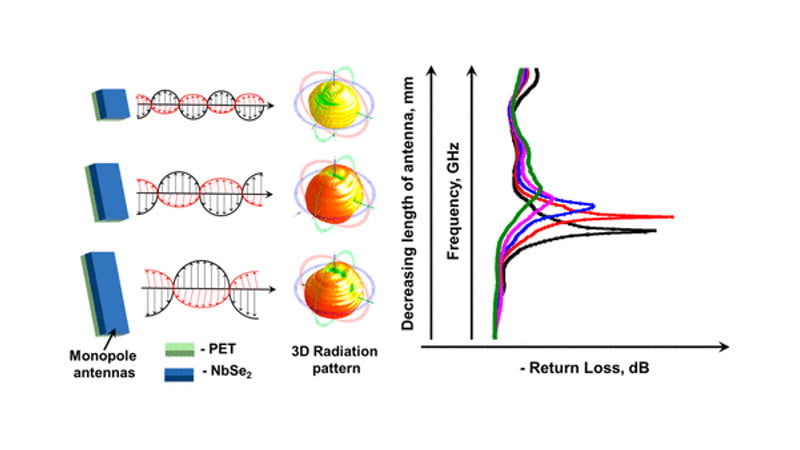Antennit pienenevät. Korealaiset insinöörit hyödynsivät ”metallic niobium diselenide (NbSe2)” -materiaalia saavuttaakseen päteviä tuloksia 855 nanometriä paksulla maatasoantennilla.
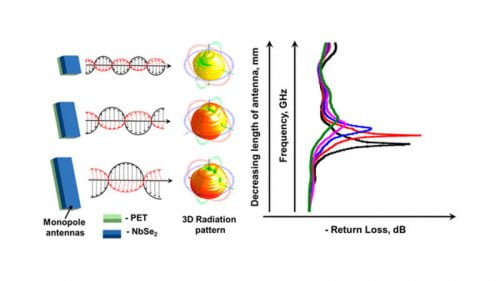
Pienet antennit ovat erittäin tärkeitä kun teknologiaa haluaan pienempään tilaan. Uudet pienet nanoantennit voidaan sijoittaa vaikkapa älylaitteisiin tai -vaatteisiin. Saavutetut taajuusalueet (2,01-2,08 GHz) ovat wifin ja bluetoothin taajuuksia. Taajuus vaihtelee antennin koon mukaan, kuten artikkelin lopussa olevasta taulukosta voi todeta.
Antenni on taipuisaa, joten sen käyttö on joustavaa.
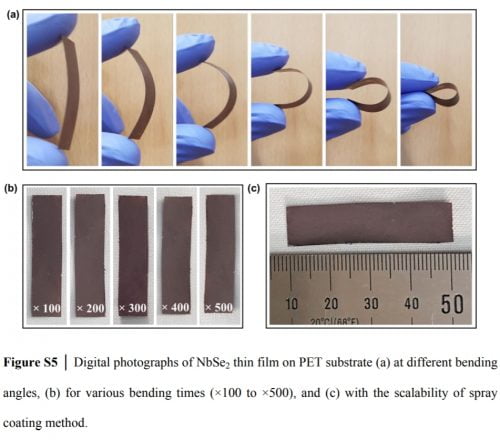
Koska en ole antenniterminologian asiantuntija, liitän tähän tutkimuksen yhteenvedon. Koko tutkimus on ACS Publications -sivuilla: Two-Dimensional Metallic Niobium Diselenide for Sub-micrometer-Thin Antennas in Wireless Communication Systems. Siellä sen voi lukea upotettuna tai ladata pdf:nä (linkki pdf:n nn9b06732_si_001.pdf)
The state-of-the-art of the Internet of things (IoT) and smart electronics demands advances in thin and flexible radio frequency (RF) antennas for wireless communication systems. So far, nanostructured materials such as metals, carbon nanotubes, graphene, MXene, and conducting polymers have been investigated due to their noteworthy electrical conductivity. However, most antennas based on metallic materials are thick, which limits their application in miniaturized and portable electronic devices. Herein, we report two-dimensional (2D) metallic niobium diselenide (NbSe2) for a monopole patch RF antenna, which functions effectively despite its sub-micrometer thickness, which is less than the skin depths of other metals. The as-fabricated antenna has an 855 nm thickness and a 1.2 Ω sq–1 sheet resistance and achieves a reflection coefficient of −46.5 dB, a radiation efficiency of 70.6%, and omnidirectional RF propagation. Additionally, the resonance frequency of this antenna at the same thickness is reconfigured from 2.01 to 2.80 GHz, while decreasing its length and preserving its reflection coefficient of less than −10 dB. This approach offers a facile process to synthesize 2D metallic transition metal dichalcogenides for the rational design of flexible, miniaturized, frequency-tunable, and omnidirectional monopole patch RF antennas for body-centric wearable communication systems.
Näitä tullaan todennäköisesti käyttämään useissa elektronisissa laitteissa lähitulevaisuudessa.
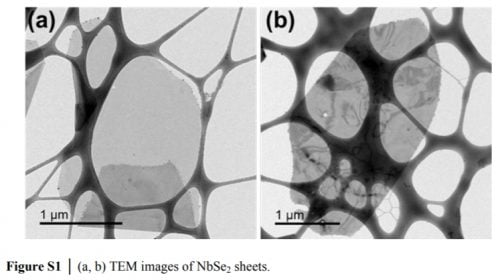
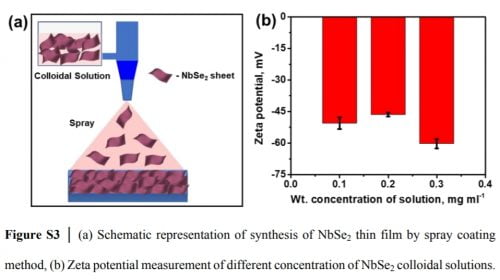
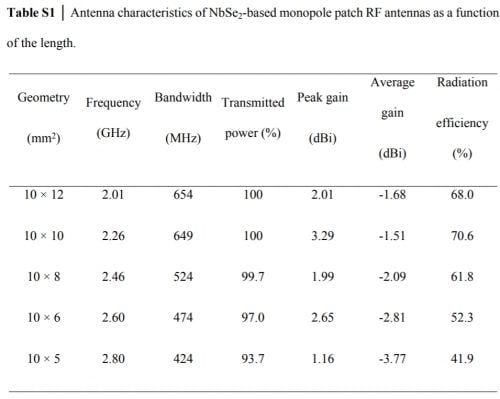
Lähde: Hackaday

